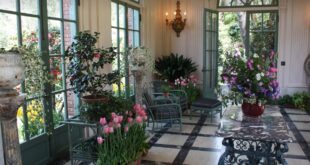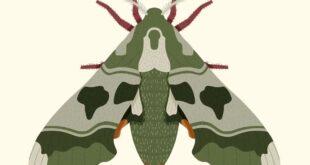Many gardeners want to attract as many bees as possible to their gardens. After all, they’re essential for pollination! In fact, almost 90% of wild plants and 75% of leading global crops depend on animal pollination. And it can also be enjoyable to watch bees as they buzz lazily around from flower to flower. Here are a few tips to help you create a bee-friendly garden.
Choose plants that bees love
Plants where you can see the central part of the flower are ideal, as it’s easy for bees to access the nectar and pollen. Favourites include lavender, rosemary and thyme.
Not only will these plants provide pollen for bees, but they will also make your garden smell amazing.
According to Gardener’s World, different bees are active at different times of year. So to attract more bees and keep them thriving, it’s best practice to grow flowers from late winter all the way up till autumn, or even all year round if you can.
You could also try planting a bee bomb – a wildflower seedball that can be scattered straight into open ground at any time of year, preferably in spring or autumn. They often contain lots of different species of pollinating flowers, which is great for bees, who use wildflowers as their habitats.
Create a water source for bees
Bees can get thirsty and dehydrated just like humans can. A source of water can quite literally be a lifesaver, and means a bee doesn’t have to travel so far to find resources, conserving their energy for pollination. Bees use water:
- To drink
- As air conditioning, by spreading it over the baby bee cells so it evaporates and cools down the hive
- To dilute thick honey
- To feed baby bees
To make a water source for bees, fill a small dish or tray with water and stones, twigs, and leaves. There should be enough stones so that the bees can stand on them and drink without drowning. Be sure to keep the dish clean and free of debris, and top up the water when needed. It can evaporate quickly on hot days.
Some have suggested that a permanent source of sugar water would be good for bees, However, sugar water is an emergency solution, not an every-day one. The Scottish Wildlife Trust recommends using sugar water only as a last-resort energy boost, as having it readily available can discourage them from finding healthier foods.
Avoid using pesticides where possible
Although they keep pests, diseases and weeds away, many pesticides are also harmful to bees. Studies have shown that they can affect bees’ ability to reproduce, make it more difficult for them to navigate and remember things, and in severe cases can even kill bees outright.
Even those pesticides that aren’t harmful to bees can end up on the pollen and nectar of plants.
If you must use pesticides, only use them when necessary and follow the instructions carefully.
Build a bee hotel
Feeling a bit more ambitious? Why not build a bee hotel for those who don’t live in a hive. A bee hotel is simply a place for solitary female bees to find shelter for themselves and their eggs, close to the flowers they want to pollinate.
You will need:
- A wooden box to form the structure of your bee hotel
- Hollow stems with different diameters, taken from various plants, such as bamboo and reeds
- Something to hang the bee hotel up with
Simply fill your box with the hollow stems, making sure they’re the same length and depth as the box (these replicate the tunnels bees lay their eggs in). Then hang it up in a sunny spot in your garden, somewhere that’s protected from rain and wind.
Creating a bee-friendly garden is easier than you might think. By planting flowers bees love, creating a water source, avoiding pesticides, and building a bee hotel, you can help these important pollinators thrive.
 Gardeners Club The Gardeners Club is a free to join online club for everyone with an interest in gardening and gardens.
Gardeners Club The Gardeners Club is a free to join online club for everyone with an interest in gardening and gardens.






